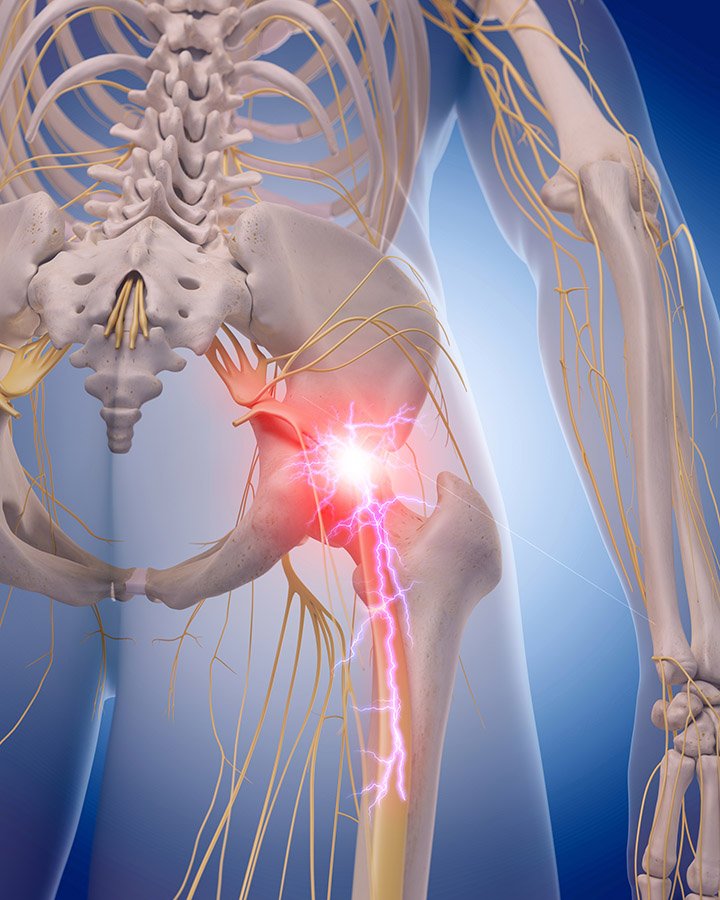Nerve Flossing 101
What is Nerve Flossing?
Nerve flossing, also known as nerve gliding, is a type of gentle stretching that aims to improve the movement of nerves within the body. Unlike traditional stretching that focuses on muscles and tendons, nerve flossing specifically targets nerves, helping to free them from any entrapments or compressions along their path. This method can help reduce pain, increase mobility, and promote the healing of nerve tissues.
How Does Nerve Flossing Work?
Imagine your nerves as long, flexible wires running through tunnels formed by muscles and bones. Sometimes, these "wires" can get snagged, leading to pain or discomfort. Nerve flossing exercises gently move the nerve back and forth in its "tunnel," helping to free it from any snags and improve its glide through the body.
The Benefits of Nerve Flossing
Reduces Nerve Pain: Regular practice can alleviate the sharp, shooting, or burning pain associated with nerve entrapments.
Improves Mobility: By freeing nerves from restrictions, nerve flossing can enhance joint and muscle mobility.
Enhances Nerve Function: These exercises promote healthy blood flow to the nerves, which can speed up recovery and improve overall nerve function.
Getting Started with Nerve Flossing
Before diving into nerve flossing exercises, it’s crucial to approach this practice with care. Here are a few tips to get started:
Consult a Professional: It’s always best to consult with a physical therapist or healthcare provider before starting any new exercise regimen, especially if you're dealing with significant pain or a specific condition.
Start Slow: Begin with gentle movements, and gradually increase the range of motion as your comfort level improves.
Listen to Your Body: If you experience increased pain or discomfort, stop the exercise and consult a professional for guidance.
Simple Nerve Flossing Exercises
Sciatic Nerve Flossing: Ideal for those with sciatica, this exercise involves sitting on a chair, extending one leg at a time, and flexing the foot to stretch the nerve gently.
Median Nerve Flossing: For individuals with carpal tunnel syndrome, median nerve flossing can provide relief. This involves gentle hand and wrist movements combined with arm and neck positioning to free the nerve.
Ulnar Nerve Flossing: This exercise targets the ulnar nerve, which runs through the elbow and wrist, often affected in cubital tunnel syndrome.
Conclusion
Nerve flossing offers a promising avenue for those struggling with nerve pain, providing a non-invasive way to manage discomfort and improve quality of life. By incorporating these gentle exercises into your daily routine, you can help your nerves glide more freely, reducing pain and enhancing mobility. Remember, patience and consistency are key, as is working with a healthcare professional to tailor the exercises to your specific needs. Here's to a more comfortable, pain-free life through the power of nerve flossing!
We hope you found this blog useful, and if you think it would benefit your friend or family member, please share this blog! If you need advice or have any questions about our treatments, please contact us. You can find us near Essex Rd in Angel Islington. We are always happy to help. If you like this blog, please share!

